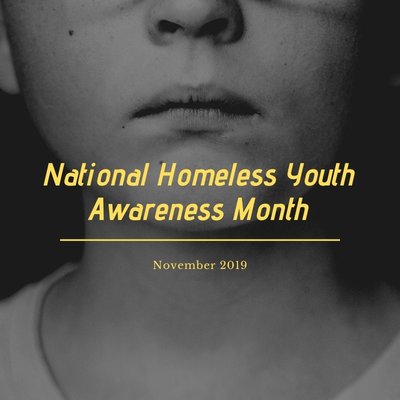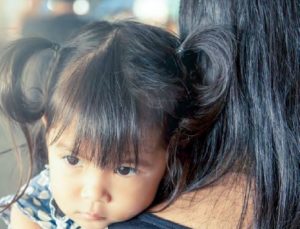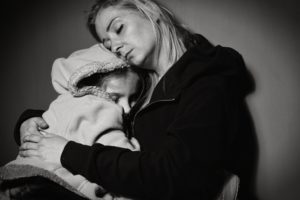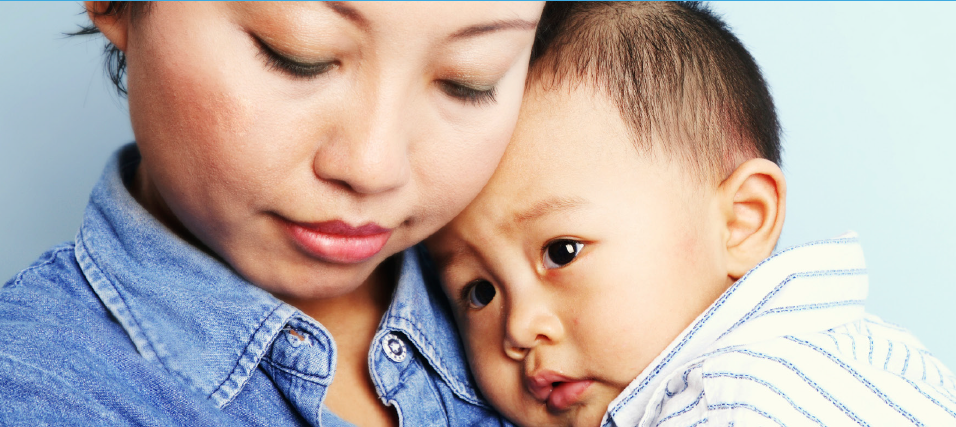Homeless Youth: The Numbers, Trauma and Work to Improve Outcomes
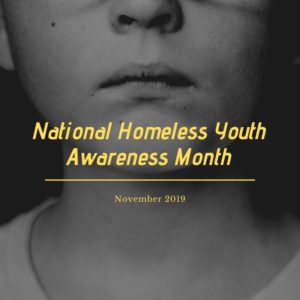
Did you know: that in November the nation recognizes the approximately 1 million U.S. children under 6 years old who experience homelessness?
First declared in 2007, National Homeless Youth Awareness Month brings attention to the alarming number of U.S. families who are homeless, the trauma associated with homeless children, and the many programs that offer support.
Homeless Youth in America
According to a February 2019 report by the National Center for Homeless Education, the number of K-12 homeless students enrolled in U.S. public schools had increased by 70 percent over the last decade. However, the report does not include school-aged children who only experience homelessness during the summer or young children who are not enrolled in local educational agency preschool programs.
From the 2014-15 through the 2016-17 school years, the number of homeless students increased by 7 percent. During those three-years, approximately 20 states reported growth in their homeless student populations of 10 percent or more, and nine states reported 20 percent increases. In Maryland, public school data reported to the U.S. Department of Education shows an estimated 16,267 students experienced homelessness during the 2016-17 school year.
Homeless Children Living with Complex Trauma
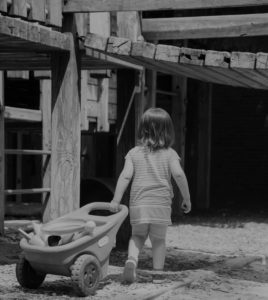 “Homelessness is a state of vulnerability for children and families,” says the Office of Head Start.
“Homelessness is a state of vulnerability for children and families,” says the Office of Head Start.
Whether it’s living on the streets, in a car, shelter, motel, or sharing housing with family or friends, living in unfamiliar or unsafe conditions, can expose children to trauma. This can be what’s known as complex trauma, says the National Child Traumatic Stress Network, which is ongoing abuse, including emotional, sexual, and/or physical, that is chronic and starts in early childhood.
To put it in perspective, most young children worry about not making it to the potty in time. They are afraid of the dark and imaginary creatures. On the other hand, homeless children worry about when they will eat their next meal and where they will sleep at night. They are afraid it will not be safe.
These feelings can bubble up, causing severe anxiety in children and the inability to “sleep, eat, concentrate, or engage in age-appropriate activities,” says the National Child Traumatic Stress Network.
Reducing Barriers for Homeless Children
Although the national observance is in November, many national and local organizations work every day to remove educational barriers and improve outcomes for children experiencing homelessness.
Thanks to the 1987 McKinney-Vento Homeless Assistance Act, school districts, non-profit organizations, and other programs are more equipped to offer support to homeless children and families. The McKinney-Vento Act, which became part of the Every Student Succeeds Act of 2015, provides a broad definition of homelessness and requires school districts to designate local liaisons to represent homeless children.
“Now, you may or may not be aware of the McKinney-Vento Act, but just to give you a little background, it kind of changed the way education, Head Start included, treats children who are living in a situation where their housing is not permanent,” The Office of Head Start Director Dr. Deborah Bergeron said in a video for the Policy Council as Leaders in Serving Families Experiencing Homelessness.
In February, Dr. Bergeron visited PACT’s Therapeutic Nursery, which is located in Sarah’s Hope homeless shelter in Baltimore, MD. During her visit, Dr. Bergeron toured the child care center, met with families and staff, and observed the attachment-based and trauma-informed model for care. One month earlier, she launched a national campaign that challenges Head Start programs to enroll more children and families experiencing homelessness called “Home at Head Start.”
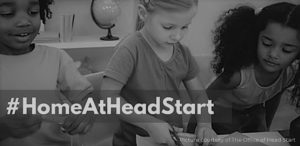 “… we know in the world of child development that it isn’t just important to have a roof over your head and to be safe from the environment outside. But it’s important to have stability in that housing,” Dr. Bergeron added.
“… we know in the world of child development that it isn’t just important to have a roof over your head and to be safe from the environment outside. But it’s important to have stability in that housing,” Dr. Bergeron added.
During the “Home at Head Start” campaign announcement, Dr. Bergeron also challenged organizations across the nation to collaborate with Head Start programs to support more families.
According to the U.S. Department of Education Early Childhood Homelessness State Profiles 2018 Report, roughly 9 percent of U.S. children under age 6 experiencing homelessness (108,6773 children) were enrolled in Head Start, Early Head Start, or programs funded with McKinney‐Vento Act subgrants in 2016.

